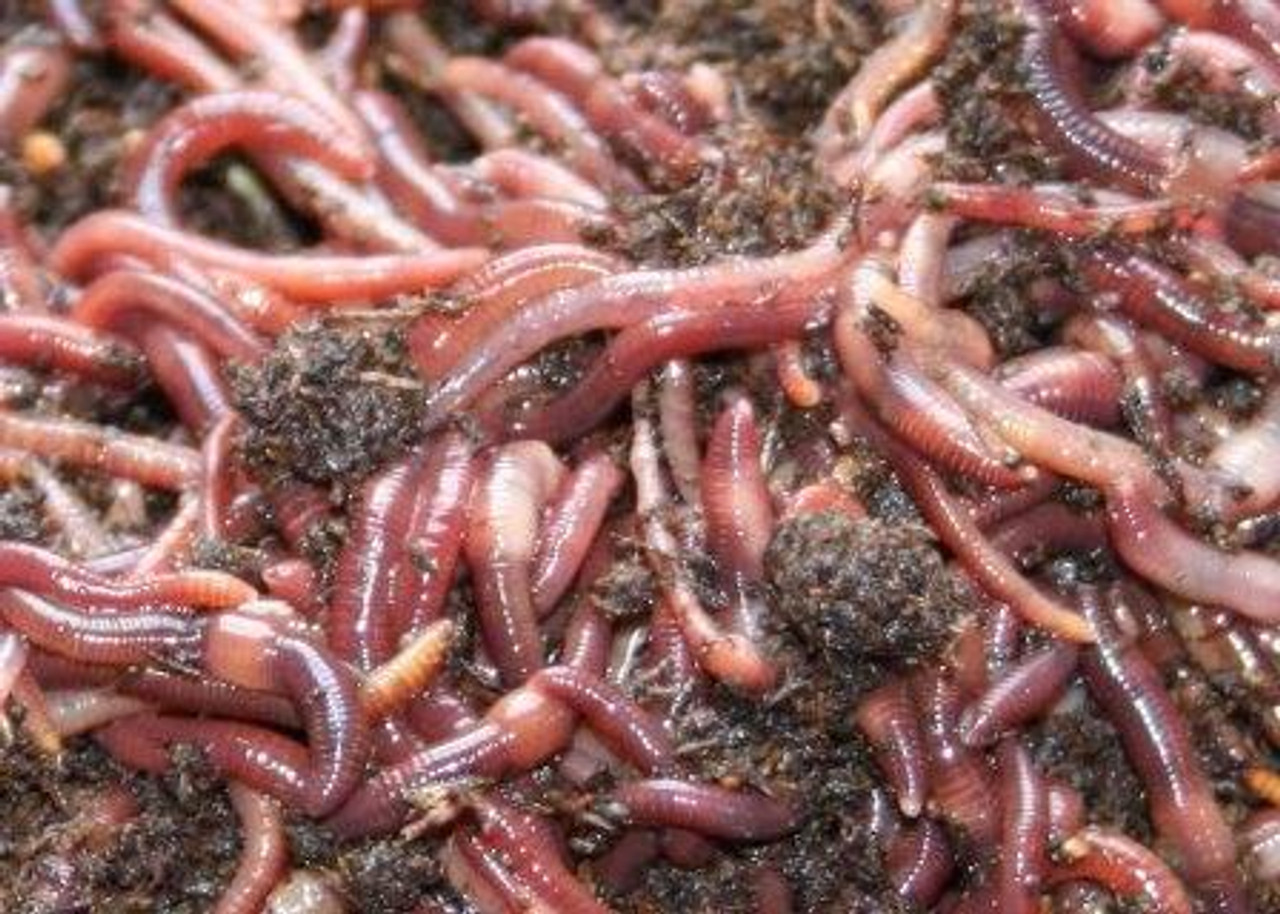Why Choose Red Wiggler Express for Reliable and Affordable Fishing Bait?
Why Choose Red Wiggler Express for Reliable and Affordable Fishing Bait?
Blog Article
Red Wigglers: The Unsung Heroes of Organic Waste Recycling
Red wigglers, or Eisenia fetida, offer as important agents in the natural waste reusing process, transforming discarded products into beneficial vermicompost. As the globe increasingly looks for options to fight waste accumulation and boost agricultural performance, recognizing the function of these worms ends up being important.
What Are Red Wigglers?
The impressive resilience of red wigglers, clinically called Eisenia fetida, highlights their important duty in organic waste recycling. These small, reddish-brown earthworms are normally found in decaying organic matter, such as garden compost stacks and manure loads. Lake Hickory Bait. Unlike other earthworm types, red wigglers thrive in nutrient-rich settings and are highly efficient at breaking down natural products, making them necessary for vermicomposting

(Red Wiggler Express)Along with their role in waste decrease, red wigglers add to soil health and wellness by improving dirt framework and aeration via their burrowing activities (Lake Hickory Bait). Their existence in composting systems not only enhances disintegration rates yet also advertises a sustainable approach to squander management, highlighting their value in ecological preservation initiatives
Advantages of Composting With Worms
Composting with worms, particularly red wigglers, uses various advantages that improve both waste monitoring and dirt health and wellness. First, these worms efficiently damage down natural waste, converting it into nutrient-rich vermicompost that improves dirt. This process speeds up decay, permitting a faster recycling of kitchen area scraps and various other organic materials contrasted to typical composting methods.
Furthermore, the vermicompost created by red wigglers is including beneficial microbes, which assist improve soil structure, aeration, and moisture retention. This improves the total wellness of plants, promoting strenuous growth and enhanced returns in yards and farming setups. Additionally, making use of worms in composting lessens the manufacturing of greenhouse gases, such as methane, adding to a more sustainable waste administration system.

Just How to Beginning Vermicomposting
Establishing a vermicomposting system is a simple process that can yield significant benefits for both waste monitoring and soil enrichment. To begin, select an ideal container, such as a plastic bin or wooden box, with ample air flow openings to make certain appropriate air flow. The dimensions must preferably be around 2 feet by 3 feet, allowing enough space for the worms to grow.
Following, prepare bedding product, which can be composed of shredded paper, cardboard, or coconut coir. This bed linens needs to be moistened to create an appropriate habitat for the worms. Once the bed linen remains in area, introduce red wigglers (Eisenia fetida) into the bin, usually around one extra pound of worms for every square foot of area.
Following the positioning of worms, include organic waste, such as fruit and vegetable scraps, coffee premises, and crushed eggshells. Avoid adding milk, meat, or oils, as these can create odors and draw in bugs. Finally, place the container in a shaded, temperature-controlled area to preserve ideal conditions for worm task. With these steps, you will efficiently initiate a vermicomposting system that adds to lasting waste monitoring and enriches your dirt.
Keeping a Healthy And Balanced Worm Container
(Lake Hickory Bait)Maintaining a worm bin thriving calls for normal attention and treatment to make certain the wellness of the red wigglers and the performance of the composting procedure. Appropriate maintenance starts with checking the dampness degrees; the bin should perspire however not soaked. A good policy of thumb is to maintain an uniformity comparable to a wrung-out sponge.
Delicately blending the bedding and food scraps every few weeks protects against compaction and guarantees that all worms have accessibility to oxygen. In addition, it is important to feed the worms suitably.
Temperature regulation is another vital element. Red wigglers thrive in a variety of 55 to 77 degrees Fahrenheit. If the container comes to be too hot or cold, the worms might come to be stressed out - Lake Hickory Bait. Finally, occasionally look for signs of health and wellness, such as worm population growth and the presence of healthy spreadings. By diligently managing these variables, one can maintain a robust and productive worm container.
Influence On Lasting Living
The successful maintenance of a worm bin not only benefits the wellness of red wigglers yet also adds considerably to lasting living techniques. By reusing organic waste, such as kitchen scraps and yard particles, red wigglers help draw away considerable amounts of material from land fills. This decrease in waste not just reduces greenhouse gas exhausts but additionally lessens the environmental concern related to waste management.
Furthermore, the spreadings created by red wigglers serve as a nutrient-rich natural plant food, enhancing soil health and wellness and promoting plant development. This natural alternative to chemical plant foods supports lasting agriculture and horticulture methods, lowering dependence on artificial inputs that can harm communities. In addition, worm composting fosters awareness of waste management, encouraging individuals and areas to embrace more sustainable habits.

Verdict
In summary, red wigglers offer as vital contributors to natural waste recycling through their reliable decay of organic materials. By incorporating vermicomposting into waste monitoring techniques, individuals and communities can dramatically reduce waste while promoting environmental sustainability.
Report this page